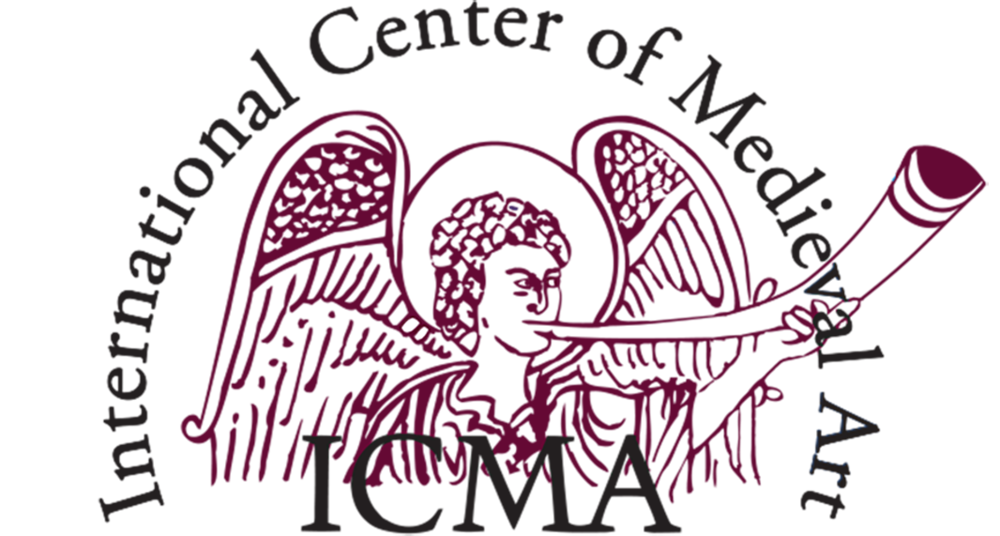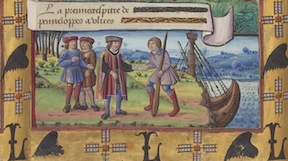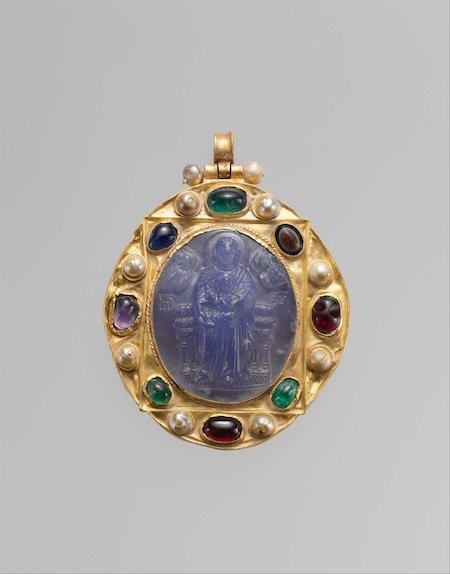The Department of Art, Art History and Visual Studies at Duke University, the Edith O’Donnell Institute of Art History at the University of Texas at Dallas, and the Dipartimento di Architettura dell’Università degli Studi di Napoli “Federico II” are pleased to announce the transfer of The Medieval Kingdom of Sicily Image Database to its new home at the Edith O’Donnell Institute of Art History.
This transfer makes possible the continuation and further development of an invaluable digital resource for the study of the cultural heritage of southern Italy. At the time of its transfer, the database consisted of catalogue entries for over 9,000 historical images (including drawings, prints, paintings, and photographs) that document hundreds of medieval monuments in the former Kingdom of Sicily (c. 1100-1450). The database is accessible through a public website at https://koseodiah.org.
The Medieval Kingdom of Sicily Image Database was developed in 2011 at Duke University with a Collaborative Research Grant from the National Endowment for the Humanities. Its objective was to collect and make available to scholars, students, travelers, and local communities the rich patrimony of historical images scattered throughout Europe and the United States in museums, archives, and libraries. Close study of these images enables researchers to reconstruct the history of a site, monument, or city, as well as to attest to its form prior to renovation, restoration, or destruction (especially as the result of natural disasters and bombardment during World War II). From its inception, the database was conceived as a collaboration between scholars in the United States and Italy.
With the retirement of the project’s founder, Caroline Bruzelius, from Duke University, the Edith O’Donnell Institute of Art History and Associate Director Sarah K. Kozlowski emerged as the ideal partner to steward the American side of this international collaboration. On the strength of its individual scholars and collaborative research initiatives, the O’Donnell Institute has developed a strong focus on southern Italy and the Mediterranean world, as well as on digital cultural heritage practices. With the Museo e Real Bosco di Capodimonte the O’Donnell Institute founded the Center for the Art and Architectural History of Port Cities “La Capraia”, which will be a Naples-based platform for research for the Medieval Kingdom of Sicily Image Database project. At the Università degli Studi di Napoli “Federico II”, Paola Vitolo, who has been involved with the design and development of the database since its beginnings, will continue as co-Director (now with Sarah K. Kozlowski) and will represent Italian scholarship and contributions to the project’s future.
Current work on the database includes a comprehensive georeferencing campaign, the creation of new entries that document Arabic inscriptions from medieval Palermo, and the incorporation of material related to the ongoing projects of the team’s researchers and graduate student researchers.
The project team invites scholars, students, and the interested public to visit the relaunched website at https://koseodiah.org. Learn more about the project, its history, and our team. And follow us on Instagram at @medieval.kosid.
For the latest developments in our research, please subscribe to our email list by writing to arthistory@utdallas.edu.
Il Medieval Kingdom of Sicily Image Database si è trasferito all’Istituto di Storia dell’Arte Edith O’Donnell
Il Dipartimento di Arte, Storia dell’Arte e Visual Studies della Duke University, l’Istituto di Storia dell’Arte Edith O’Donnell dell’Università del Texas a Dallas, e il Dipartimento di Architettura dell’Università degli Studi di Napoli “Federico II” sono lieti di annunciare il trasferimento del Medieval Kingdom of Sicily Image Database alla sua nuova sede presso l’Edith O’Donnell Institute of Art History. Questo trasferimento rende possibile la continuazione e l’ulteriore sviluppo di una preziosa risorsa digitale per lo studio del patrimonio culturale dell’Italia meridionale. Al momento del trasferimento, il database comprende le voci di catalogo di oltre 9.000 immagini storiche (tra cui disegni, stampe, dipinti e fotografie) che documentano centinaia di monumenti medievali dell’ex Regno di Sicilia (1100-1450 circa). Il database è accessibile al pubblico attraverso il sito web https://koseodiah.org.
Il Medieval Kingdom of Sicily Image Database è stato sviluppato nel 2011 alla Duke University con un Collaborative Research Grant del National Endowment for the Humanities. Il suo obiettivo era quello di raccogliere e rendere disponibile, per studiosi, studenti, viaggiatori e comunità locali, il ricco patrimonio di immagini storiche sparse in musei, archivi e biblioteche tra l’Europa e gli Stati Uniti. L’attento studio di queste immagini consente ai ricercatori di ricostruire la storia di un sito, di un monumento o di una città, nonché di attestarne la forma prima di un ammodernamento, un restauro o la sua distruzione (soprattutto in seguito a disastri naturali e ai bombardamenti della Seconda Guerra Mondiale). Fin dall’inizio, il database è stato concepito come una collaborazione tra studiosi degli Stati Uniti e dell’Italia.
Dopo il pensionamento della fondatrice del progetto, Caroline Bruzelius, dalla Duke University, l’Istituto di Storia dell’Arte Edith O’Donnell, con la sua Direttrice Associata Sarah K. Kozlowski, è emerso come partner ideale per gestire la parte americana di questa collaborazione internazionale. Forte dei suoi singoli studiosi e delle collaborazioni in diversi progetti di ricerca, l’Istituto O’Donnell ha sviluppato una forte attenzione per l’Italia meridionale e il mondo mediterraneo, nonché per lo studio del patrimonio culturale digitalizzato. Con il Museo e Real Bosco di Capodimonte, l’O’Donnell Institute ha fondato il Centro per la storia dell’arte e dell’architettura delle città portuali “La Capraia”, che costituirà una postazione di ricerca a Napoli per il progetto del Medieval Kingdom of Sicily Image Database. Presso l’Università degli Studi di Napoli “Federico II”, Paola Vitolo, che è stata coinvolta sin dall’inizio nella progettazione e nello sviluppo del database, continuerà a ricoprire il ruolo di co-direttrice (ora insieme a Sarah K. Kozlowski) e rappresenterà lo studio e il contributo italiano al futuro del progetto.
L’attuale lavoro sul database comprende una campagna di georeferenziazione completa, la creazione di nuove voci che documentino le iscrizioni arabe della Palermo medievale e l’aggiunta di materiale relativo ai progetti in corso portati avanti dai ricercatori e dagli studenti del team.
Il team del progetto invita gli studiosi, gli studenti e il pubblico interessato a visitare il sito web all’indirizzo https://koseodiah.org. Si rimanda alle singole pagine per saperne di più sul progetto, sulla sua storia, e sul nostro team. E seguiteci su Instagram su @medieval.kosid.



















